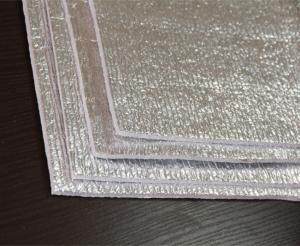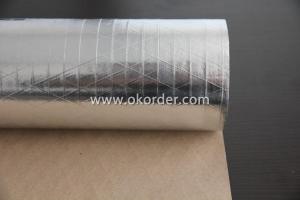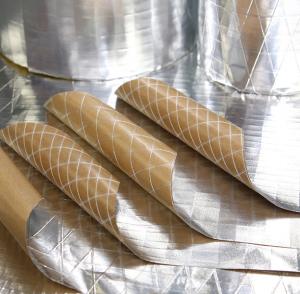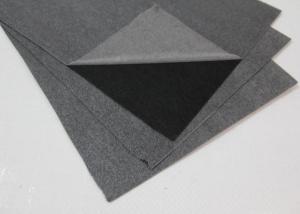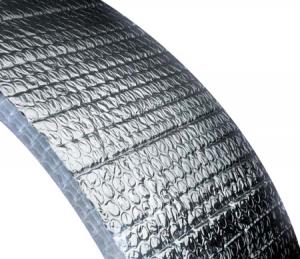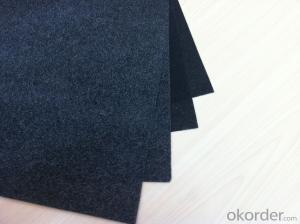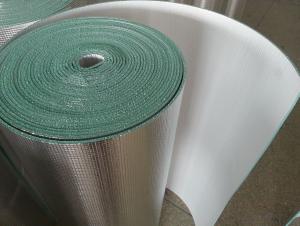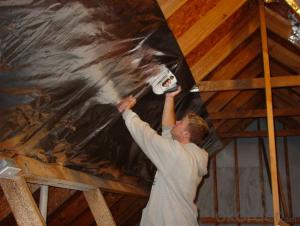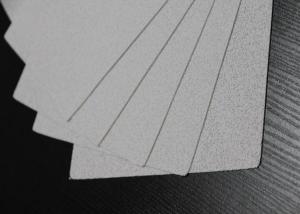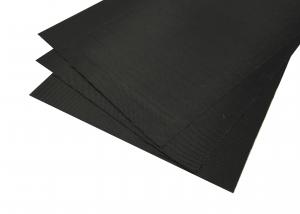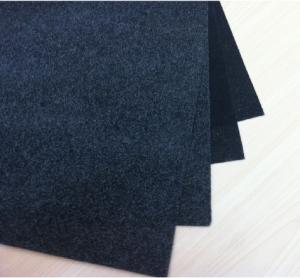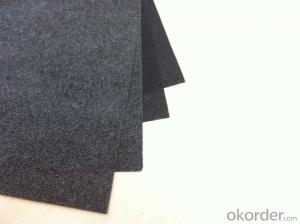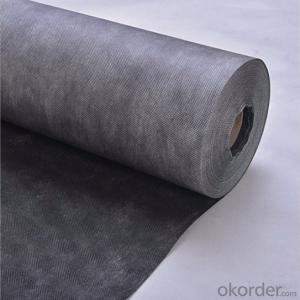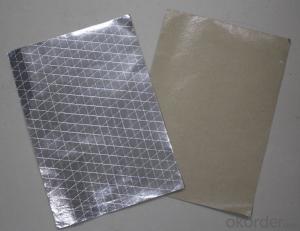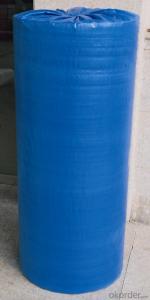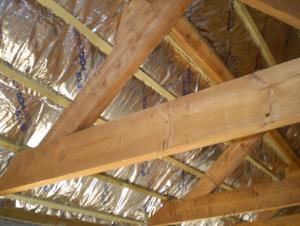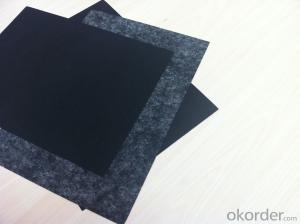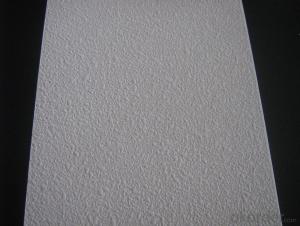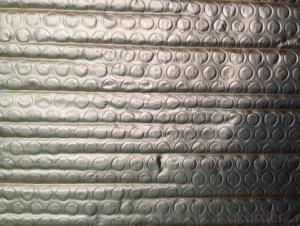White Scraping Coating Tissue for Decoration and Acoustic-S101
- Loading Port:
- Shanghai
- Payment Terms:
- TT OR LC
- Min Order Qty:
- 500 m²
- Supply Capability:
- 100000 m²/month
OKorder Service Pledge
OKorder Financial Service
You Might Also Like
Introduction of Fiberglass Tissue
Fiberglass Tissue is a kind of facing, which is made of by the white fiberglass tissue, and special production process.
Application of Fiberglass Tissue
Our black tissue are mainly used as facing for glass wool insulation, rockwool, mineral wool etc. Also fiberglass tissue facing is used under roof decking, under attic rafters, over existing attic thermal insulation, in floors, walls and crawl spaces, and in industrial and commercial buildings to block radiant heat coming into house through the roof during the summer and retain indoor heat generated during in winter
Advantage of Fiberglass Tissue
Light weight
• High manufacturing accuracy
• High strength
• Small inertia resistance
• Strong heat dissipation ability
• Good visual effect
• High reflective insulation
• Heat resistant, water proof, stable at high temperature;
• Environmentally friendly, no smell and not-toxic;
• Smooth and clear surface;
Packing of Fiberglass Tissue
1. Waterproof paper then PVC shrinking Film
2. Water-Proof film only
3. Woven cloth
4. Kraft paper or Water Proof Film then Metal/wooden pallet
5. (Also as your request. )
Specification of Fiberglass Tissue
Specification | ||
ITEM | UNIT | VALUE |
Type | E | |
Weight | g/m2 | 120 |
Thickness | mm | 0.4 |
Oxygen Index Number | % | ≥32 |
Tensile Strength MD | n/125px | 130 |
Tensile Strength CMD | n/125px | 110 |
Fire Resistant Property | B1 | |
Pictures of Fiberglass Tissue
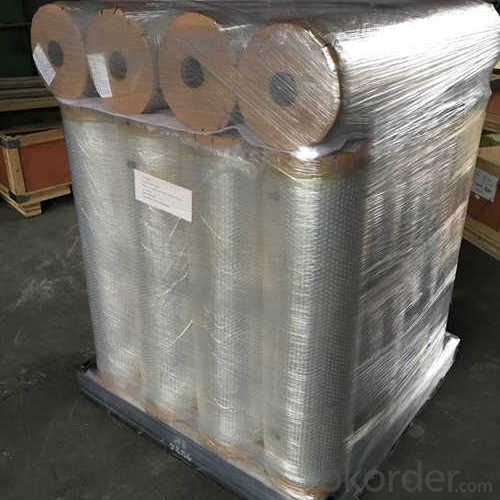
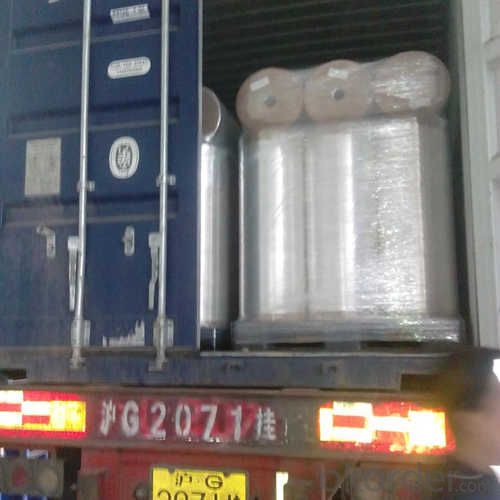

FAQ
We have organized several common questions for our clients,may help you sincerely:
1. What is the storage condition?
The Aluminum Foil Facing should be stored at room temperature and kept from wet and heat source.
2. How to guarantee the quality of the products?
We have established the international advanced quality management system,every link from raw material to final product we have strict quality test;We resolutely put an end to unqualified products flowing into the market. At the same time, we will provide necessary follow-up service assurance.
3. How long can we receive the product after purchase?
In the purchase of product within four working days, we will arrange the factory delivery as soon as possible. The specific time of receiving is related to the state and position of customers. Commonly 7 to 10 working days can be served.
- Q:How does fiberglass facing improve insulation?
- By adding a layer of fiberglass facing, the insulation material is improved as it receives an extra layer of protection. This facing acts as a barrier, preventing the entry or escape of air and moisture from the insulation. This not only helps maintain the desired temperature inside the insulated area but also prevents the growth of mold or mildew. Moreover, the facing strengthens and increases the durability of the insulation, making it more resilient against damage and ensuring its longevity. Additionally, it enhances the fire resistance of the insulation, providing an additional level of safety. Overall, the fiberglass facing enhances the insulation's thermal performance, resistance to moisture, durability, and safety.
- Q:What is the typical thickness of fiberglass facing?
- The specific application and requirements dictate the typical thickness of fiberglass facing, which can vary. Generally, fiberglass facing comes in thicknesses ranging from 0.5 millimeters to 2 millimeters. For lightweight and flexible applications like insulation and acoustic panels, thinner fiberglass facing (approximately 0.5 to 1 millimeter) is commonly utilized. On the other hand, heavier-duty applications in construction and industrial settings often require thicker fiberglass facing (around 1.5 to 2 millimeters) for enhanced strength and durability. To ensure optimal performance and functionality, it is crucial to consider the project's specific needs and specifications when determining the appropriate thickness of fiberglass facing.
- Q:Can fiberglass facing be used in both residential and commercial buildings?
- Yes, fiberglass facing can be used in both residential and commercial buildings. It is a versatile material that offers insulation, soundproofing, and moisture resistance, making it suitable for various applications in both types of buildings.
- Q:Is not the multi-layer membrane waterproof, the bottom of the membrane should use glass fiber mats?
- No, just fiberglass felt tread cloth soft
- Q:Can fiberglass facing be painted or customized?
- Certainly! Fiberglass facing has the capability to be painted or personalized. Fiberglass, known for its versatility, can be easily painted with a variety of paint types, including acrylic or oil-based options. Prior to painting, it is crucial to adequately prepare the surface by thoroughly cleaning it and eliminating any dirt or debris. Additionally, it is advisable to utilize a primer to enhance adhesion and guarantee a polished outcome. Once the primer has dried, you can proceed to apply the desired paint color or personalize the fiberglass facing through the use of stencils, decals, or other decorative techniques. Nevertheless, if the fiberglass facing is going to be exposed to harsh weather conditions, it is vital to utilize paint and materials suitable for outdoor use. By undertaking the appropriate preparations and utilizing the right paint, fiberglass facing can be painted or personalized to satisfy your specific aesthetic preferences or design requirements.
- Q:Can fiberglass facing be recycled?
- Yes, fiberglass facing can be recycled.
- Q:How does fiberglass facing compare to other types of insulation materials?
- Fiberglass facing is a popular choice for insulation materials due to its excellent thermal performance and durability. Compared to other types of insulation materials such as foam or cellulose, fiberglass facing offers superior resistance to moisture, mold, and pests. It also provides better fire resistance, making it a safer option. Additionally, fiberglass facing is relatively easy to install and has a long lifespan, making it a cost-effective choice for insulation needs.
- Q:Roof waterproof general use of what materials
- 1. EPDM rubber waterproofing membrane: cold sticky or self-adhesive method. 2. Chlorinated polyethylene waterproofing membrane: cold sticky method. 3. PVC waterproofing membrane: cold sticky method. 4. Chlorinated polyethylene - rubber blend waterproofing membrane: cold sticky method. 5. EPDM - polyethylene blend waterproofing membrane: cold sticky method. 6. Polyurethane waterproof coating: reactive cold construction. 7. Acrylic waterproof coating: cold construction, can be scraping, can be, can be sprayed, but the construction temperature needs to be higher than 4 ℃ when the film.
- Q:Does fiberglass facing help with soundproofing?
- Fiberglass facing is capable of aiding in soundproofing. Fiberglass possesses remarkable sound-absorbing capabilities, effectively capturing and diminishing sound waves. By utilizing fiberglass as a facing material, the soundproofing attributes of a wall or ceiling can be enhanced, minimizing noise transmission. The facing functions as a barrier, effectively preventing sound from traversing through, rendering it an efficient solution for reducing noise pollution in diverse environments, including residences, workplaces, studios, and industrial settings. Moreover, fiberglass is lightweight, simple to install, and can be effortlessly combined with other soundproofing materials to achieve superior outcomes.
- Q:Is fiberglass facing resistant to moisture or water damage?
- Fiberglass facing, indeed, possesses remarkable resistance against moisture and water damage. This exceptional property arises from the composition of fine glass fibers interwoven to form a robust and enduring material. Absent any capacity to absorb moisture, these fibers bestow upon fiberglass facing a high degree of resilience, rendering it especially suitable for environments prone to water or moisture exposure, like bathrooms, kitchens, and outdoor spaces. Moreover, its resistance to mold and mildew growth further heightens its ability to endure moisture.
1. Manufacturer Overview |
|
|---|---|
| Location | |
| Year Established | |
| Annual Output Value | |
| Main Markets | |
| Company Certifications | |
2. Manufacturer Certificates |
|
|---|---|
| a) Certification Name | |
| Range | |
| Reference | |
| Validity Period | |
3. Manufacturer Capability |
|
|---|---|
| a)Trade Capacity | |
| Nearest Port | |
| Export Percentage | |
| No.of Employees in Trade Department | |
| Language Spoken: | |
| b)Factory Information | |
| Factory Size: | |
| No. of Production Lines | |
| Contract Manufacturing | |
| Product Price Range | |
Send your message to us
White Scraping Coating Tissue for Decoration and Acoustic-S101
- Loading Port:
- Shanghai
- Payment Terms:
- TT OR LC
- Min Order Qty:
- 500 m²
- Supply Capability:
- 100000 m²/month
OKorder Service Pledge
OKorder Financial Service
Similar products
New products
Hot products
Hot Searches
Related keywords




